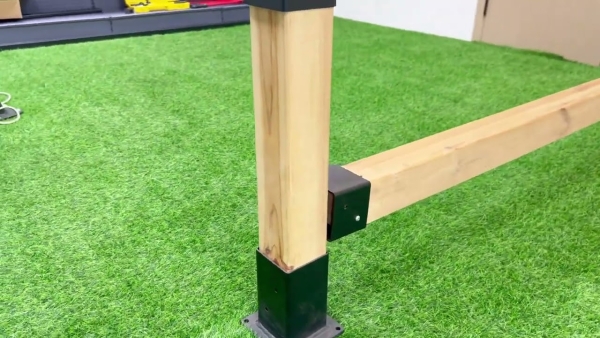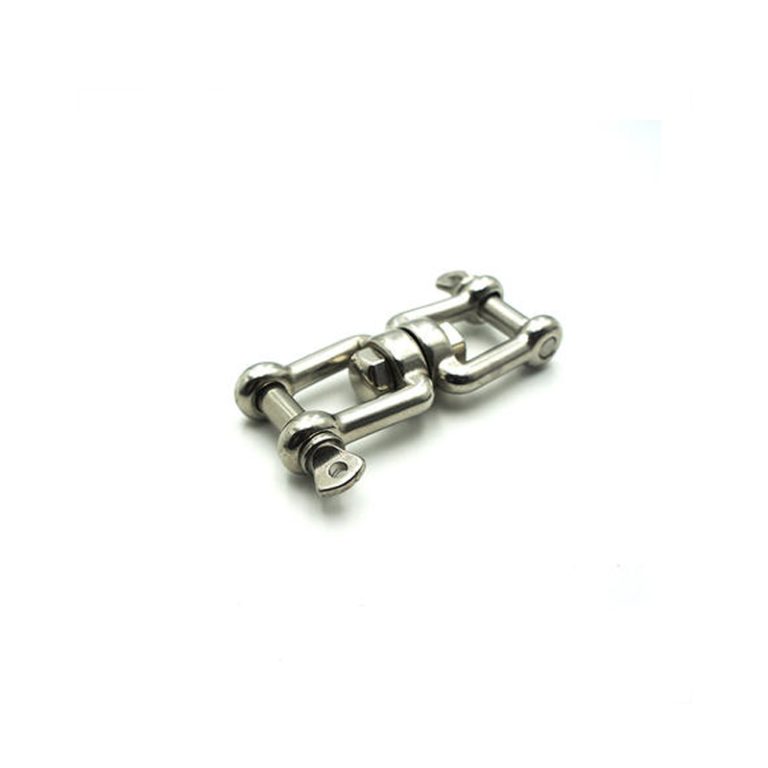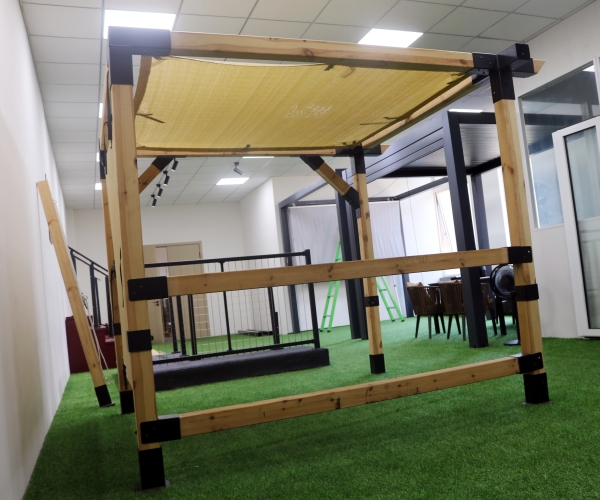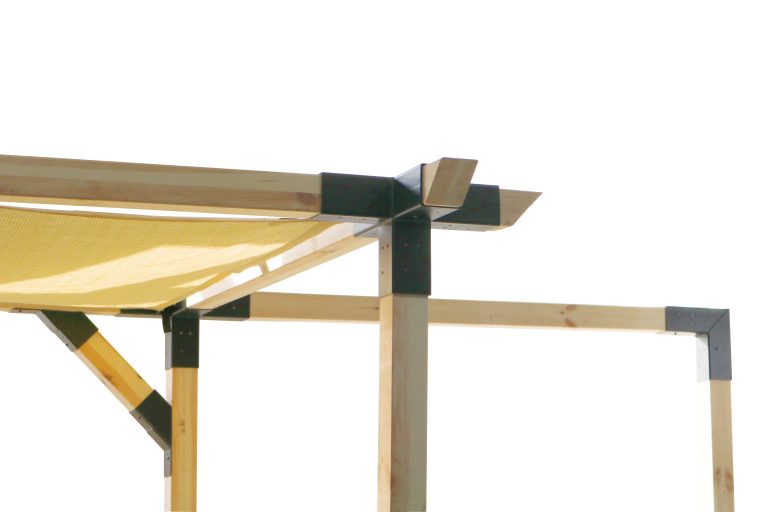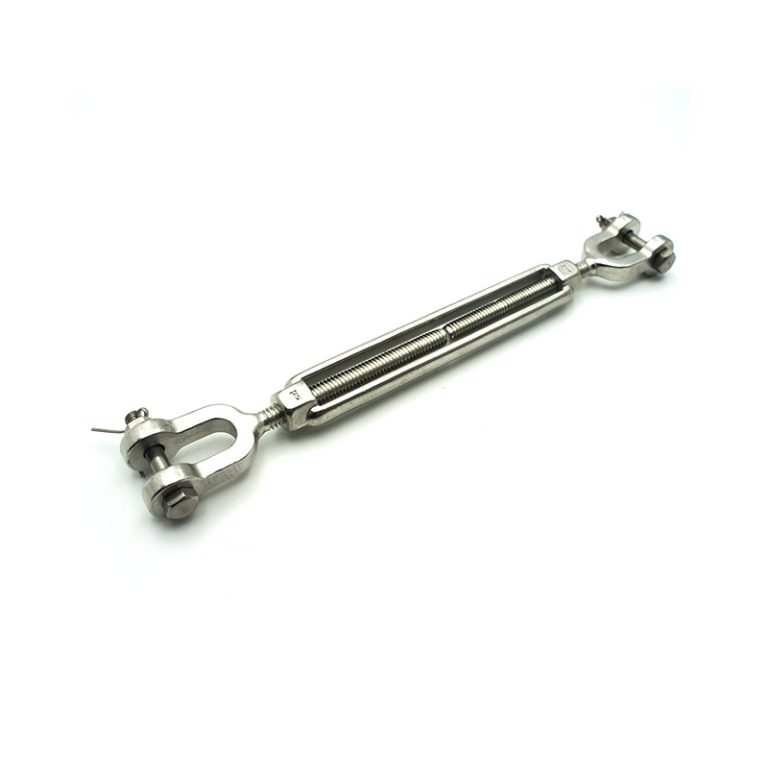إيجابيات وسلبيات استخدام خشب الأرز للبرجولات
على الرغم من مميزاته العديدة، إلا أن لخشب الأرز أيضًا بعض السلبيات التي يجب أخذها بعين الاعتبار. أحد العيوب الرئيسية لاستخدام خشب الأرز في البرجولات هو تكلفته. يعد خشب الأرز عمومًا أكثر تكلفة من أنواع الأخشاب الأخرى، مثل الصنوبر أو الخشب الأحمر، مما قد يجعله خيارًا أقل ملاءمة للميزانية لبعض أصحاب المنازل. بالإضافة إلى ذلك، يتطلب خشب الأرز صيانة منتظمة، مثل الختم والتلطيخ، للحفاظ على جماله الطبيعي وحمايته من العناصر. يمكن أن يؤدي الفشل في صيانة العريشة المصنوعة من خشب الأرز بشكل صحيح إلى تدهور مبكر وإصلاحات مكلفة. ومع ذلك، من المهم الموازنة بين إيجابيات وسلبيات استخدام خشب الأرز قبل اتخاذ القرار. في حين أن خشب الأرز يقدم العديد من الفوائد، مثل جاذبيته الجمالية واستدامته البيئية، فإنه يأتي أيضًا بتكلفة أعلى ومتطلبات الصيانة. في النهاية، يعتمد أفضل نوع خشب للبرجولات على التفضيلات الفردية، وقيود الميزانية، وقدرات الصيانة.
One of the main advantages of using cedar wood for pergolas is its natural beauty. Cedar wood has a rich, warm color that adds a touch of elegance and sophistication to any outdoor space. Its natural grain patterns and texture give it a unique and timeless look that can enhance the overall aesthetic appeal of a pergola. Additionally, cedar wood can be easily stained or painted to match the existing decor of a home or garden, allowing for endless design possibilities.
Another benefit of using cedar wood for pergolas is its durability. Cedar wood is naturally resistant to rot, decay, and insect infestations, making it a long-lasting and low-maintenance material for outdoor structures. This means that a cedar wood pergola will require minimal upkeep and maintenance over time, saving homeowners time and money in the long run. Additionally, cedar wood is lightweight and easy to work with, making it a popular choice for DIY enthusiasts and professional builders alike.
In terms of environmental sustainability, cedar wood is a renewable resource that is harvested from responsibly managed forests. This means that using cedar wood for pergolas is a more eco-friendly option compared to other building materials that may have a larger carbon footprint. By choosing cedar wood for outdoor structures, homeowners can reduce their impact on the environment and support sustainable forestry practices.

Despite its many advantages, cedar wood also has some drawbacks that should be taken into consideration. One of the main disadvantages of using cedar wood for pergolas is its cost. Cedar wood is generally more expensive than other types of wood, such as pine or redwood, which can make it a less budget-friendly option for some homeowners. Additionally, cedar wood requires regular maintenance, such as sealing and staining, to preserve its natural beauty and protect it from the elements. Failure to properly maintain a cedar wood pergola can result in premature deterioration and costly repairs.
In conclusion, cedar wood is a popular choice for pergolas due to its natural beauty, durability, and resistance to rot and decay. However, it is important to weigh the pros and cons of using cedar wood before making a decision. While cedar wood offers many benefits, such as its aesthetic appeal and environmental sustainability, it also comes with a higher cost and maintenance requirements. Ultimately, the best wood type for pergolas will depend on individual preferences, budget constraints, and maintenance capabilities.

